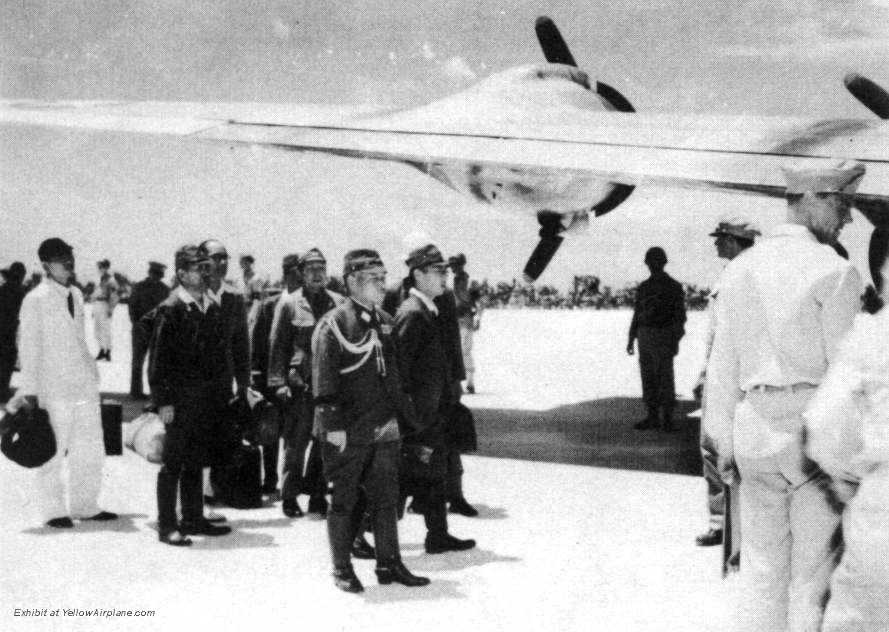|
Deep
Sea
Detectives
Japanese
Sub
at
Pearl
Harbor
The Japanese attack on Pearl Harbor is a move of unprecedented
aggression that shakes America out
of its peaceful slumber and into
World War II. But even decades after
the war, few realize that it was
Americans who fired the first shot.
For sixty years, veterans of the
destroyer U.S.S. Ward stick to their
claim that they sunk a suspicious
enemy submarine outside the harbor
more than an hour BEFORE the aerial
attack began.
That morning, the incident is
reported to Navy headquarters, but
its urgency loses momentum on the
way up the chain of command. As
officers speculate on its
significance, hundreds of Japanese
attack planes dash toward Oahu, and
the only evidence of any advance
warning - the midget sub - settles
in 1200 feet down, the victim of a
single shot at the base of its
conning tower. After the war, the
legend of the Ward's encounter
grows, but without the midget sub it
can't be substantiated. Searches by
the U.S. Navy, National Geographic
and even Bob Ballard himself come up
short, casting greater doubt than
ever on the sailors' story.
Then in August 2002, a dive team
from the Hawaii Undersea Research
Laboratory (HURL) sheds light on the
sub for the first time in 61 years,
when they cross its path during a
training dive. Before the divers
even make it back to dry land, their
find is making headlines worldwide,
and a gaggle of TV cameras are
waiting for them at the dock. They
have found the first casualties of
World War II, and historians call it
the greatest marine archeological
find ever made in the Pacific. But
the discovery produces as many
questions as it does answers.
DEEP SEA DETECTIVES: Midget Sub
Mystery takes the audience to Pearl
Harbor, Hawaii, to investigate the
role this wreck played in the day
that lives in infamy. How did it get
within three miles of the U.S.
fleet? What was its mission? Why was
its sinking ignored by the Navy
brass? What difference would the
Ward's warning have made if it were
heeded?
In this hour, we'll trace the events
that led to its sinking, and the
decades of speculation that
followed. We'll reveal fantastic
underwater footage of the wreck, and
our hosts will go out on the water
with the search team and a veteran
who witnessed the sinking.
Interviews with Terry Kerby, the
leader of the search, members of his
dive team and prominent historians
will help us unravel the secrets the
sub has yet to tell.
|

